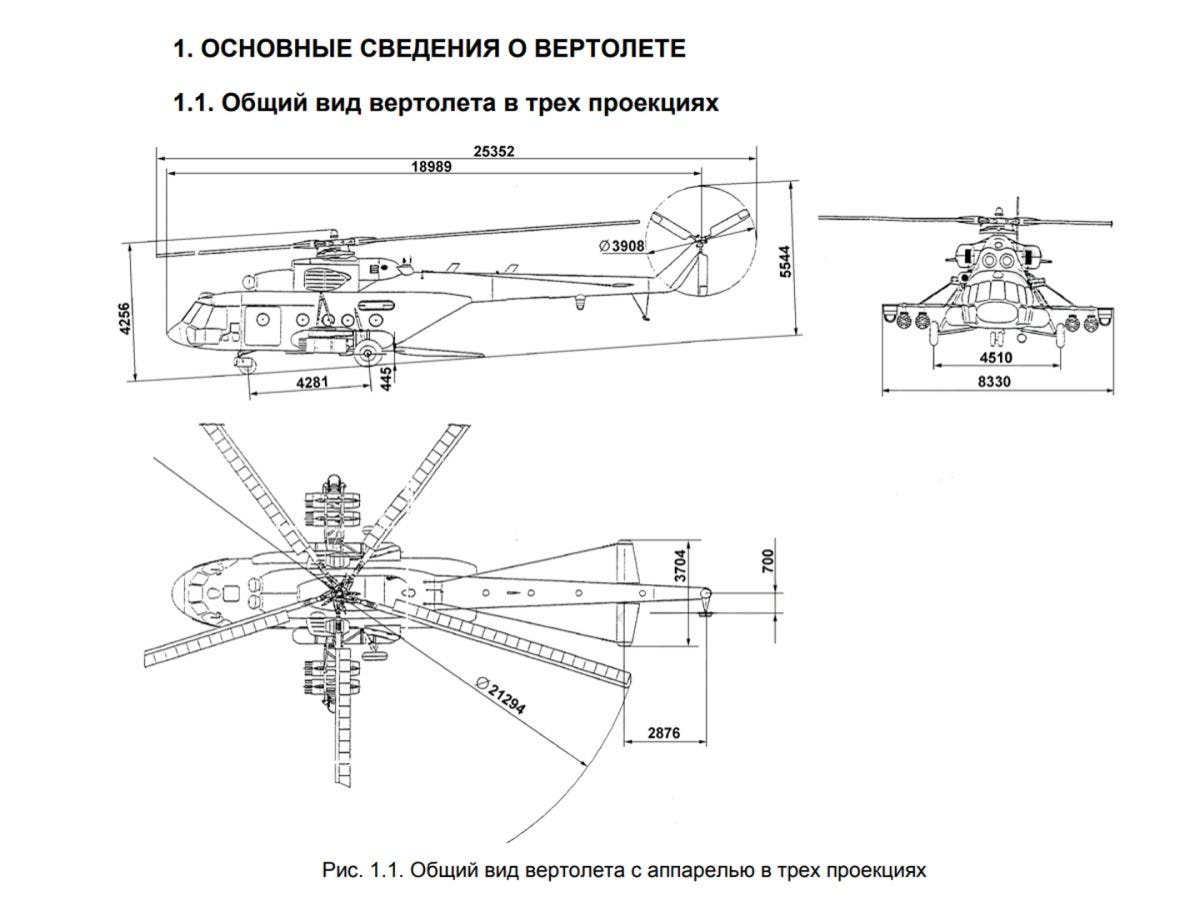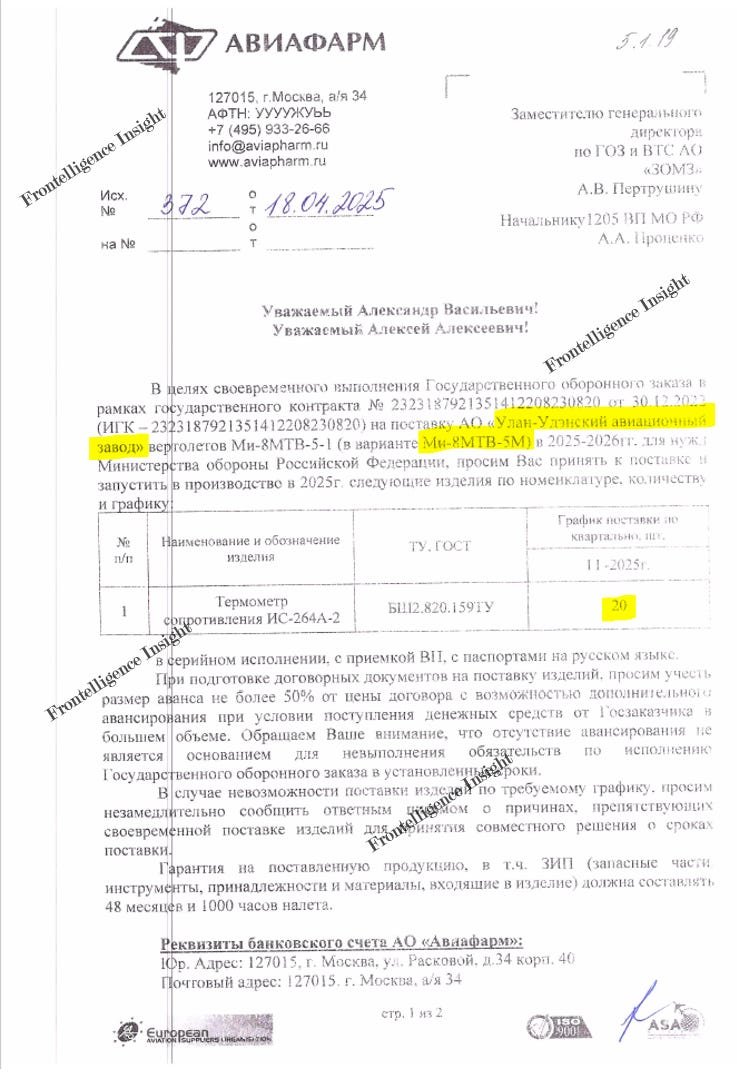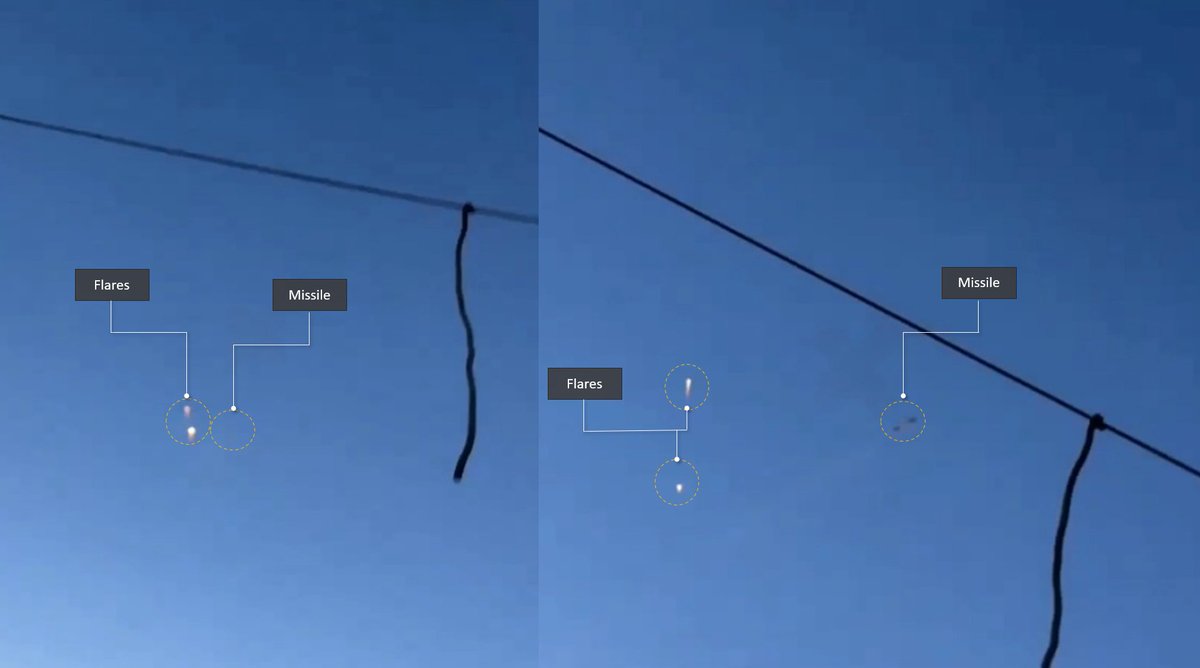On 5 July, Ukrainian forces carried out a strike on the Borysoglebsk airfield in Russia. Reports indicate that a depot with glide bombs, a trainer aircraft, and possibly other aircraft were hit. Our team has conducted a brief analysis of imagery a fire map - here’s what we found: 

2/ NASA’s Fire Information for Resource Management System detected at least three thermal anomalies at the Air Base. While it's not very precise or comprehensive, the heat sources appear to be located in 2 areas: the central part of the airfield and the logistical section 

3/ While not conclusive, this serves as a credible independent indicator suggesting a possible strike on the logistical area - where Russian forces may have stored ammo, or fuel. The fire in the central part of the airfield appears to be near the Radar Landing System 

4/ Analysis of high-resolution satellite imagery from yesterday, unavailable for publication due to licensing limits, confirms the presence of at least 16 jets and 1 helicopter at the airfield. The actual number is likely higher, but thick fog blocked the observation
5/ The lack of visible fire in the main jet storage area suggests a limited number of affected jets. Nonetheless, one smaller section used by jets appears to have been impacted, indicating a possibility of damage. This closely aligns with the Armed Forces of Ukraine’s report
6/ This preliminary report aims to establish general facts. A more detailed assessment would require post-strike satellite imagery or verified footage of the strike. Based on current evidence, there is a high likelihood that the Armed Forces of Ukraine’s statement is truthful
Thanks for reading! If you found this analysis valuable, please consider liking and sharing the first message in the thread. Don’t forget to follow, so you won’t miss updates
We also appreciate any other ways you choose to support our work:
We also appreciate any other ways you choose to support our work:
https://x.com/Tatarigami_UA/status/1939907145237229866
• • •
Missing some Tweet in this thread? You can try to
force a refresh
















